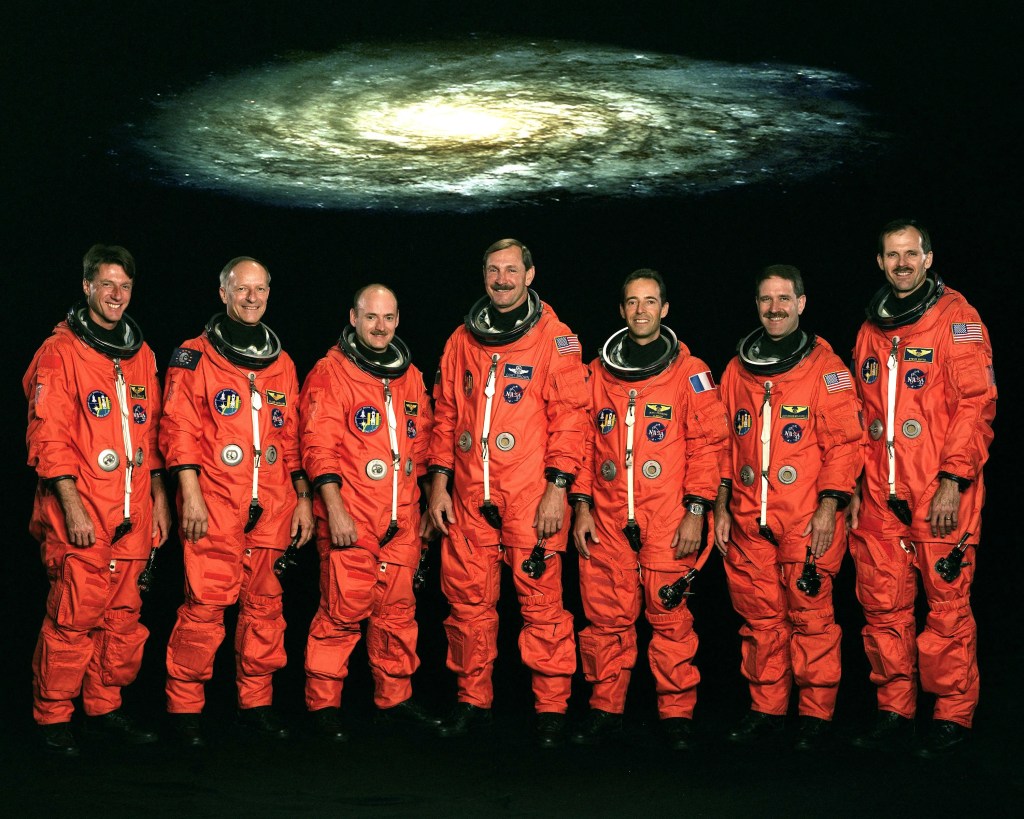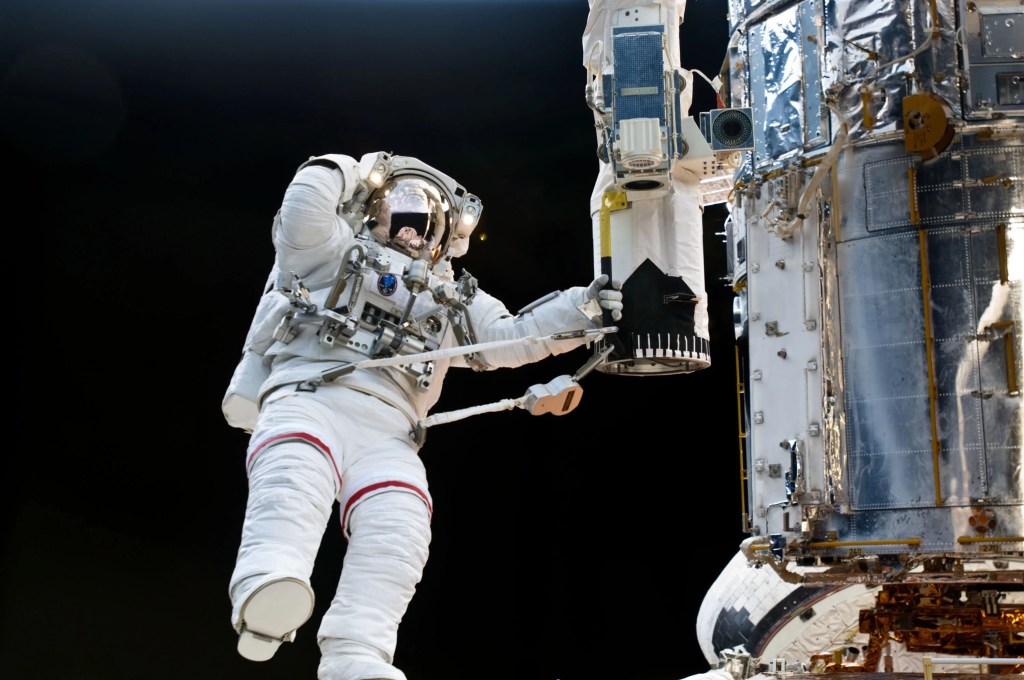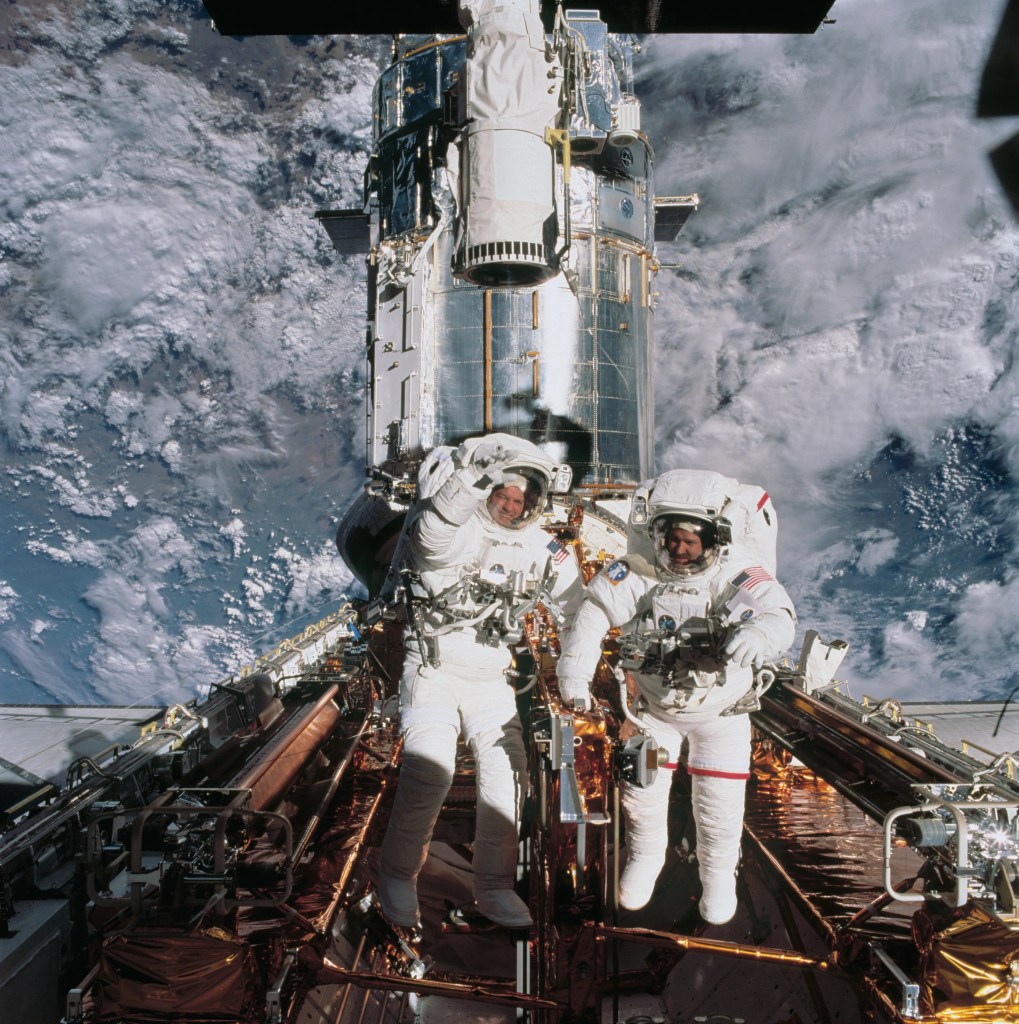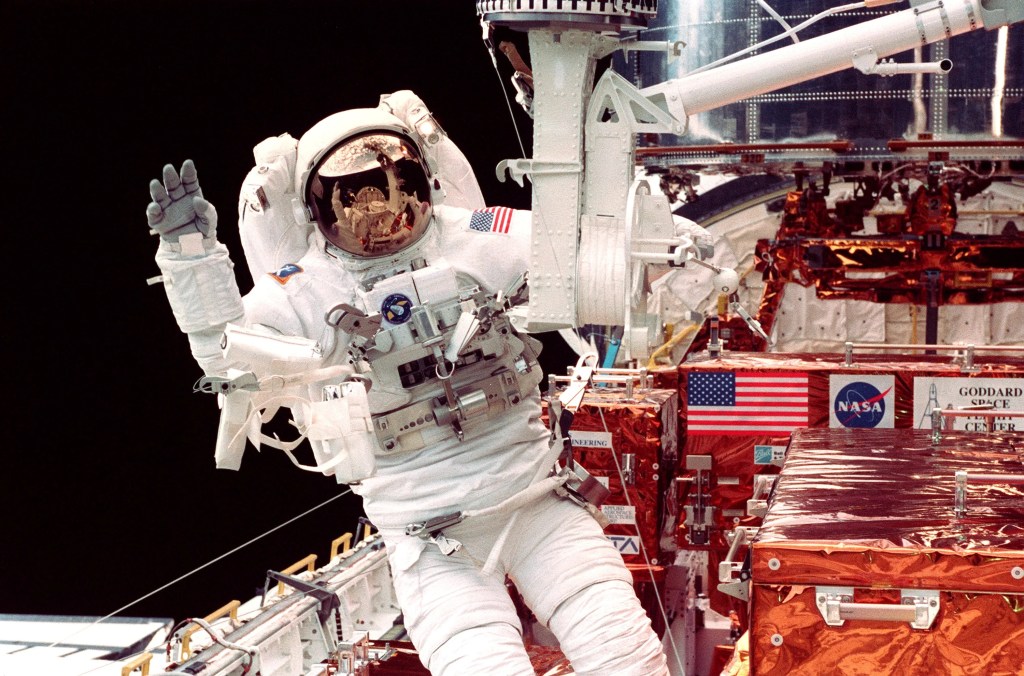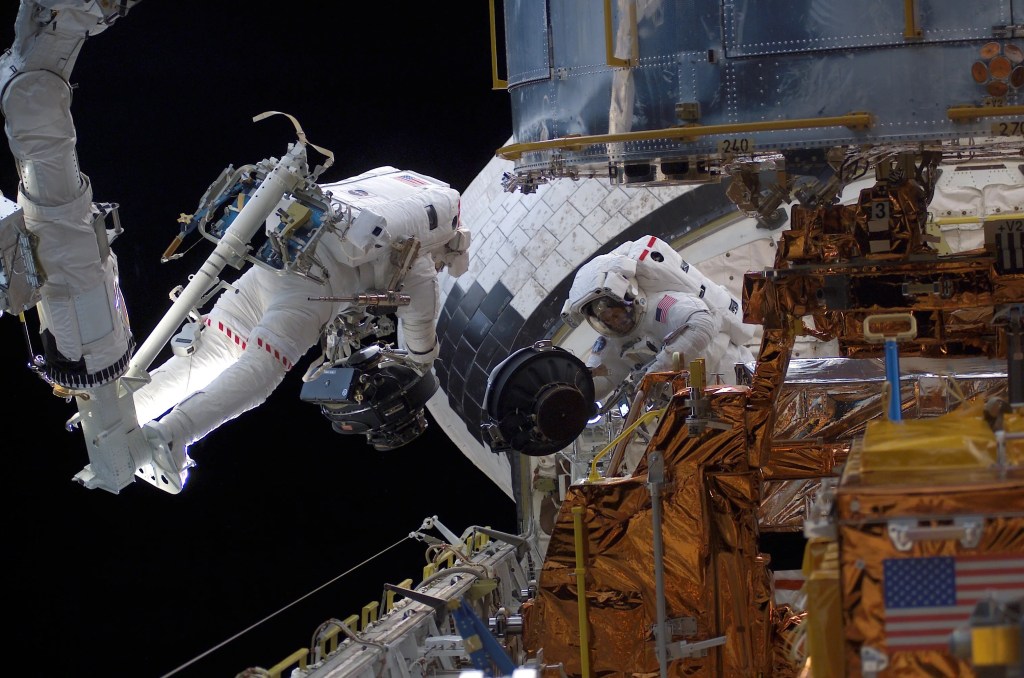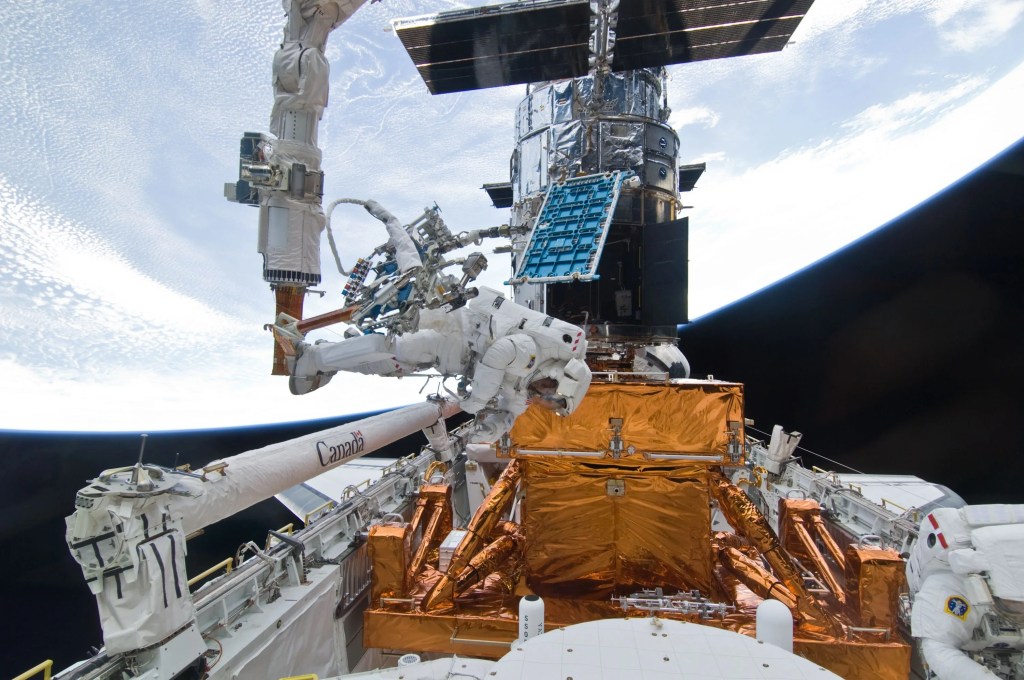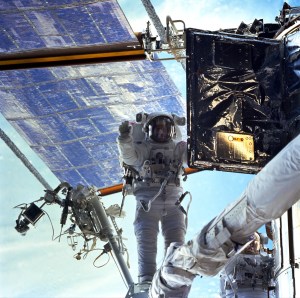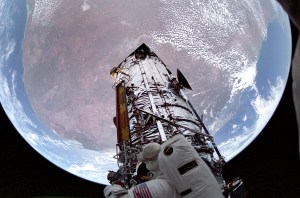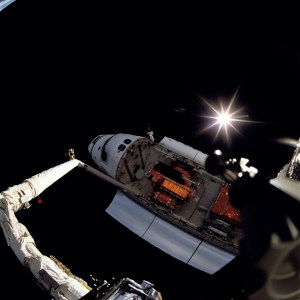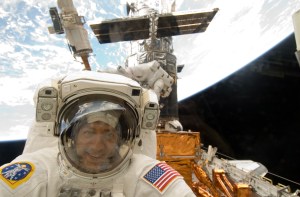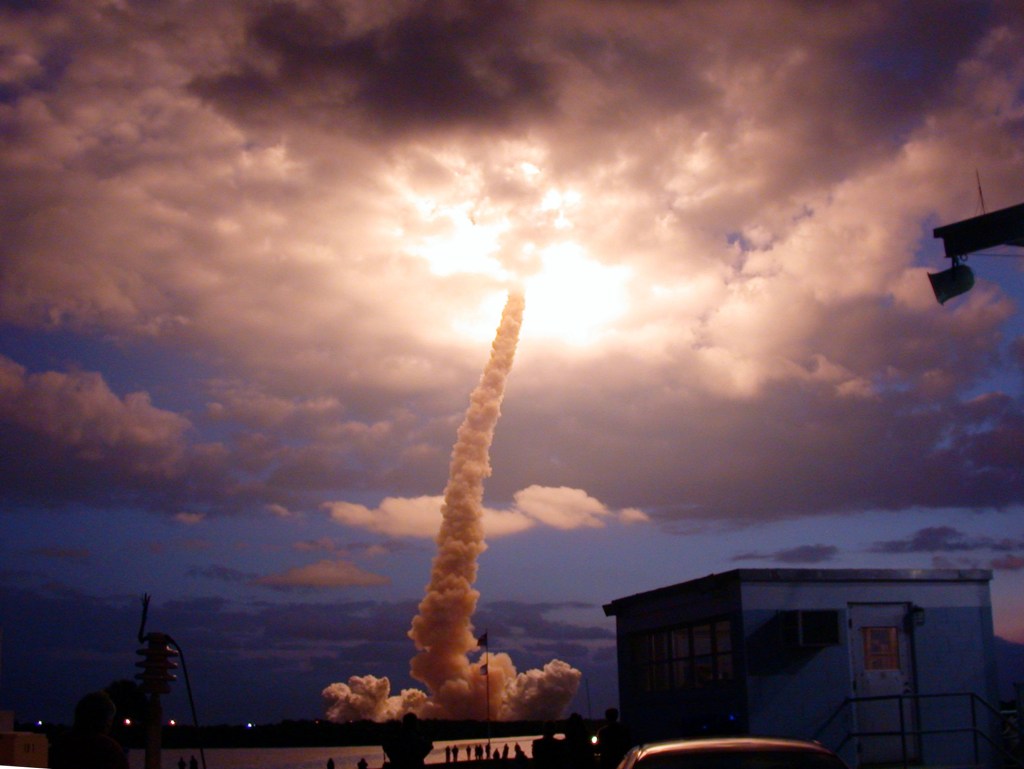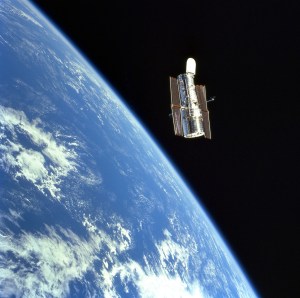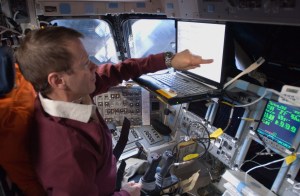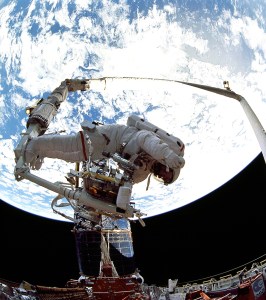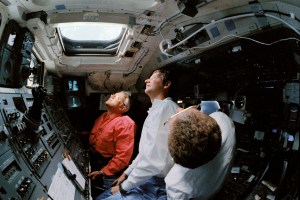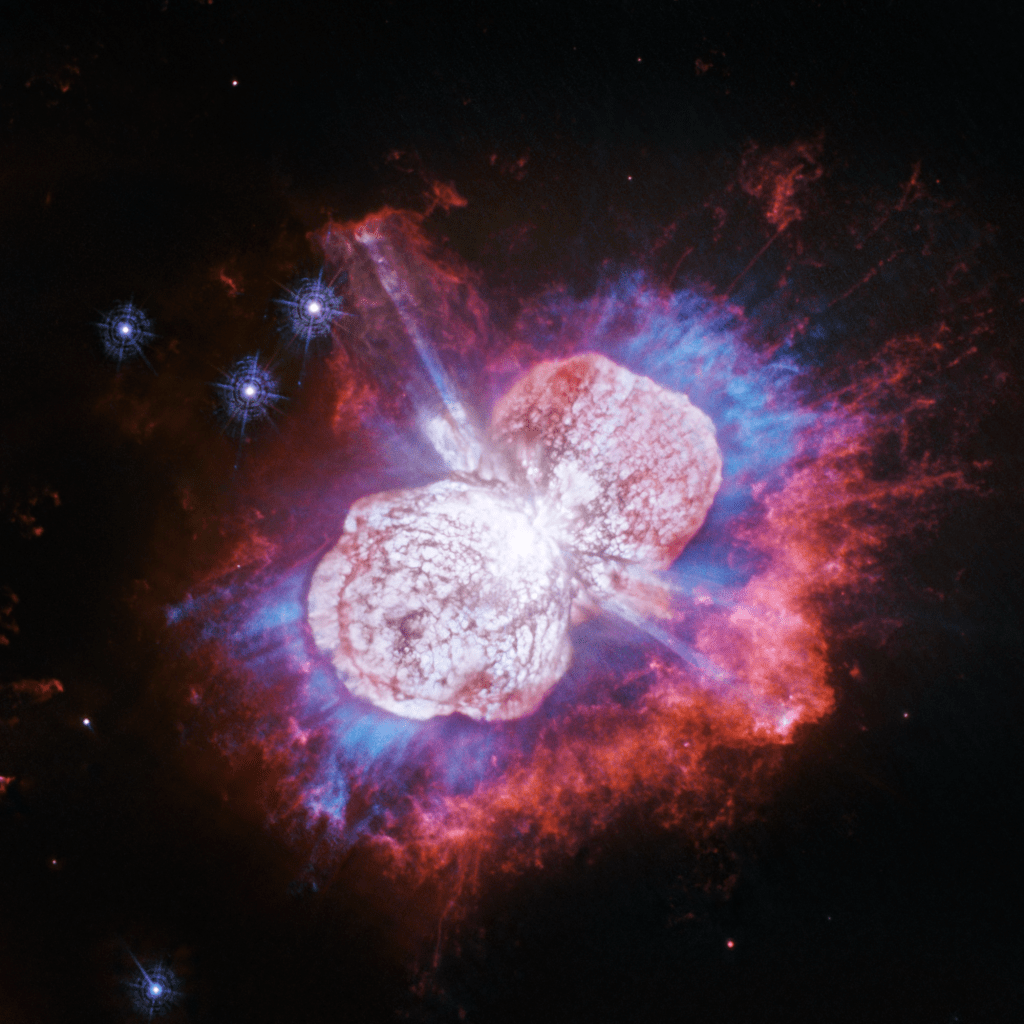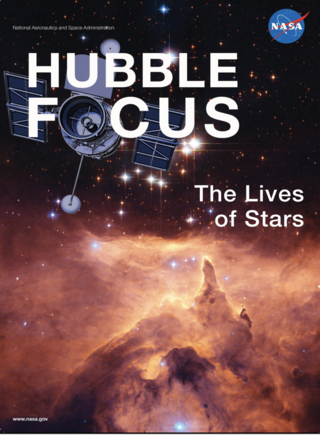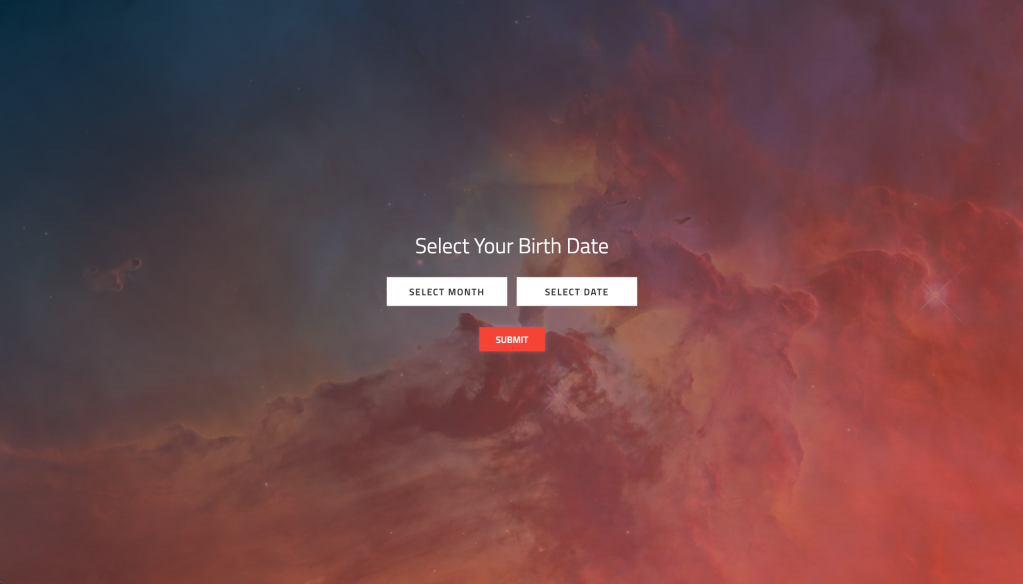Astronaut Missions to Hubble
Five servicing missions extended Hubble's life and increased its capabilities. Hubble’s serviceable design and modular components enabled upgrades that took advantage of advancements in technology.
Quick Facts
NASA’s Hubble Space Telescope is the first space-based observatory specifically designed for servicing by astronauts while in orbit. The ability to make repairs and upgrade Hubble’s instruments while in orbit became even more important when in 1990, shortly after deployment, NASA discovered that the observatory's primary mirror had an aberration that affected the clarity of the telescope's early images. Astronauts corrected that aberration on their first servicing mission in December 1993. Some 35 years later, Hubble continues to capture our imaginations with its stunning imagery.
Hubble servicing missions involved intensive coordination between NASA's Kennedy Space Center in Florida, Johnson Space Center in Texas, and Goddard Space Flight Center in Maryland. Preparations included astronaut training at all three centers; simulations of shuttle and telescope operations during the mission at Johnson and the Space Telescope Operations Control Center (STOCC) at Goddard; testing and preparing instruments and hardware for flight at Goddard; and preparing launch operations and the space shuttle for launch, flight, and landing at Kennedy.
During the missions, operations took place primarily at Johnson and in Goddard's STOCC. Johnson’s Mission Control Center monitored every aspect of the space shuttle and astronauts, including spacewalks, procedures and schedules, crew activities and health, and in-cabin and cargo bay systems and experiments. The STOCC ground crew handled telescope operations, sending commands to Hubble to place the instruments into "safe hold" (hibernation) or turning them off and on as needed, close the aperture door (which covers the precious optical components), and perform maneuvers to position the telescope for grappling by the shuttle’s robotic arm, operated by astronauts to bring Hubble into the shuttle’s payload bay.
After the repair of existing instruments, installation of new instruments, and replacement of critical hardware, or science instruments, STOCC personnel performed tests to make sure each component had power and operated as it should. Many of these tests occurred during the astronauts' sleep cycles, when the STOCC team carried out detailed tests on the newly installed components to determine whether the astronauts needed to perform additional service.
Once the astronauts completed all servicing tasks via a three- to five-day series of spacewalks, the STOCC controllers and Johnson Mission Control prepared the telescope for release. Often this also involved using the shuttle’s thrusters to carry Hubble into a slightly higher orbit, a step that prolonged Hubble's life by keeping it from naturally deorbiting due to atmospheric drag.
The astronaut crew used the shuttle’s robotic arm to slowly raise Hubble from the payload bay and out into space, where controllers at the STOCC opened Hubble's aperture door and made sure the telescope was functioning normally on its own. Returning Hubble to full science observations after a servicing mission usually took a few months.
NASA
Servicing Missions Interactive Timeline
Hubble Servicing Missions
Launch
Deployment
April 24-29, 1990
When the Space Shuttle Discovery carried NASA’s Hubble Space Telescope into space, it took with it the hopes of generations of astronomers, including those of Lyman S. Spitzer, the astrophysicist who first outlined a proposal for a large space telescope in 1946.
Learn More about Deployment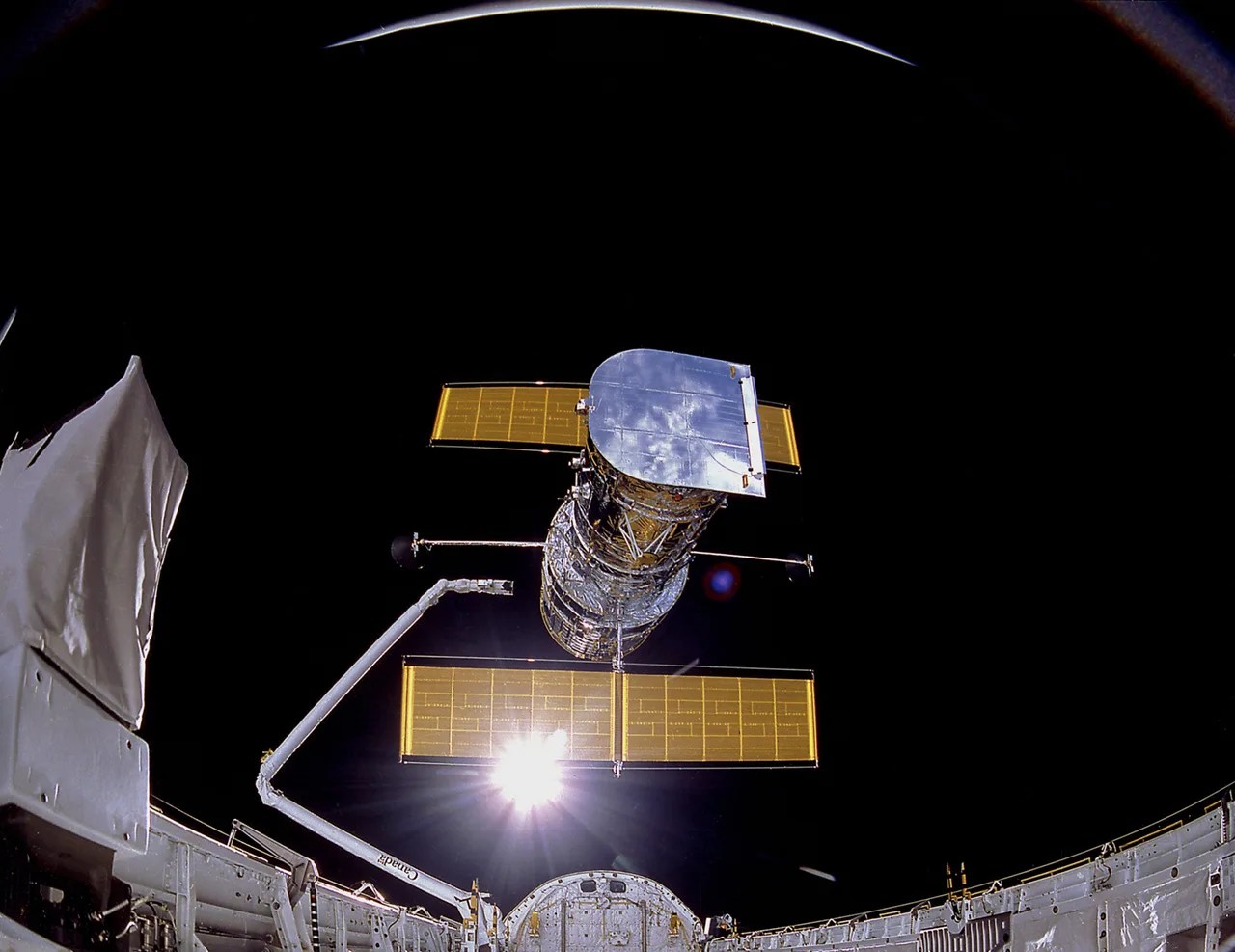
SM1
Servicing Mission 1
Dec 2-13, 1993
The first opportunity to conduct planned maintenance on the telescope. Astronauts installed new instruments, including equipment that counteracted the flaw in Hubble's primary mirror.
Learn More about Servicing Mission 1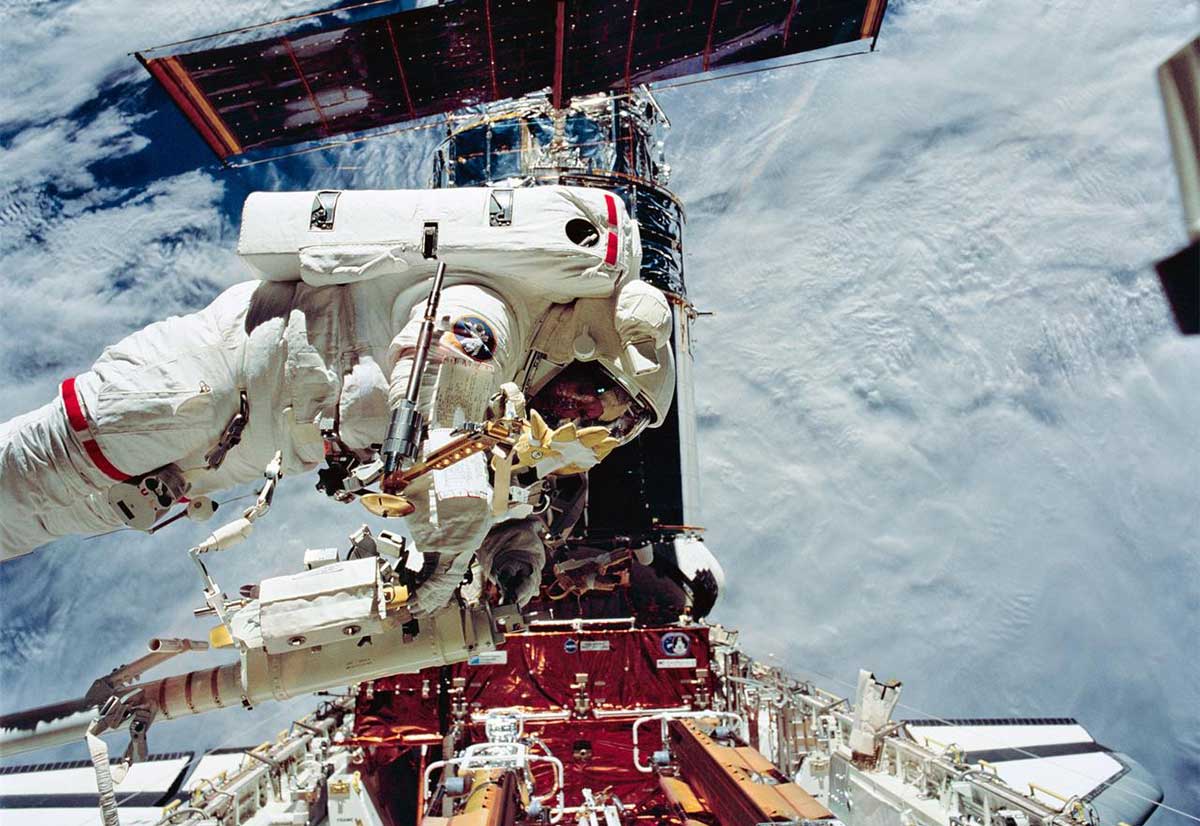
SM2
Servicing Mission 2
Feb 11-21, 1997
The second servicing mission extended the range of wavelengths Hubble can see with the installation of two new instruments and increased the observatory's efficiency and performance.
Learn More about Servicing Mission 2
SM3A
Servicing Mission 3A
Dec 19-27, 1999
What was originally conceived as a mission of preventive maintenance turned more urgent on Nov. 13, 1999, when the fourth of Hubble's six gyros failed. Hubble required at least three of its stabilizing gyros to conduct science at that time. Hubble entered a state of dormancy called safe mode while the telescope awaited repairs. To bring Hubble back into operation more quickly, NASA split the third servicing mission into two parts.
Learn More about Servicing Mission 3A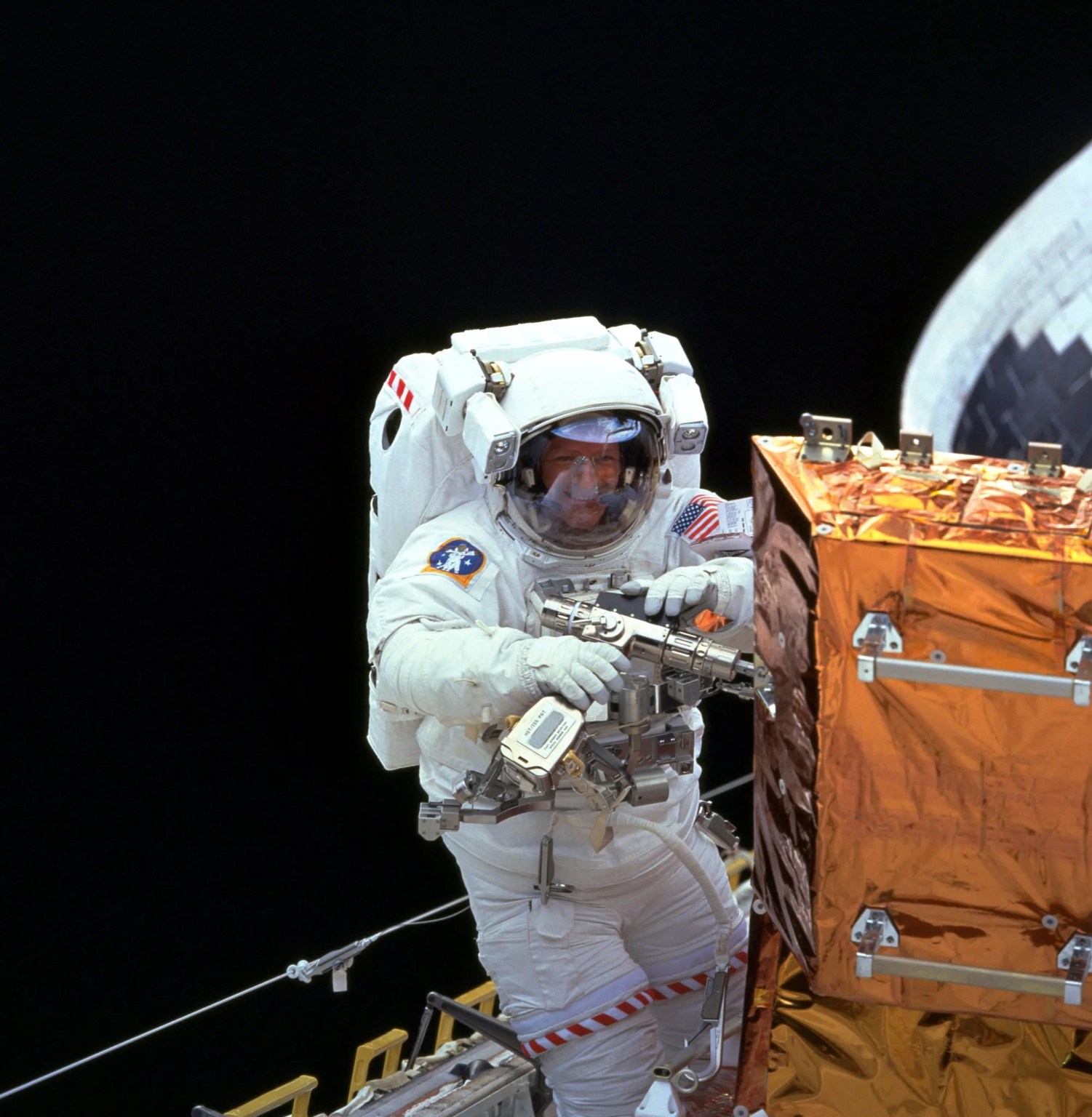
SM3B
Servicing Mission 3B
Mar 1-12, 2002
During SM3B, astronauts replaced Hubble's solar panels and installed the Advanced Camera for Surveys, which took the place of Hubble's Faint Object Camera, the telescope's last original instrument.
Learn More about Servicing Mission 3B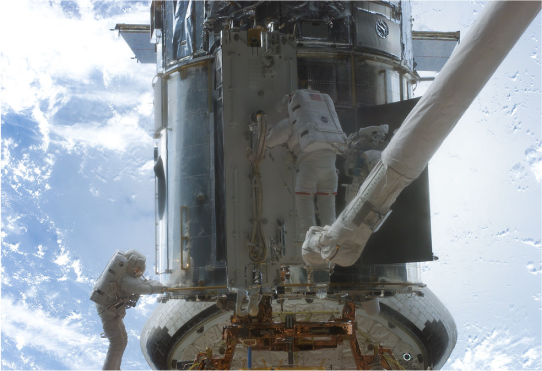
SM4
Servicing Mission 4
May 11-24, 2009
The Hubble Space Telescope was reborn with Servicing Mission 4 (SM4). The fifth and final serving mission left the observatory at the peak of its scientific capability, and prepared it for many years of further scientific discovery.
Learn More about Servicing Mission 4





























